It seems we can’t find what you’re looking for. Perhaps searching can help.


Tag: artificial intelligence




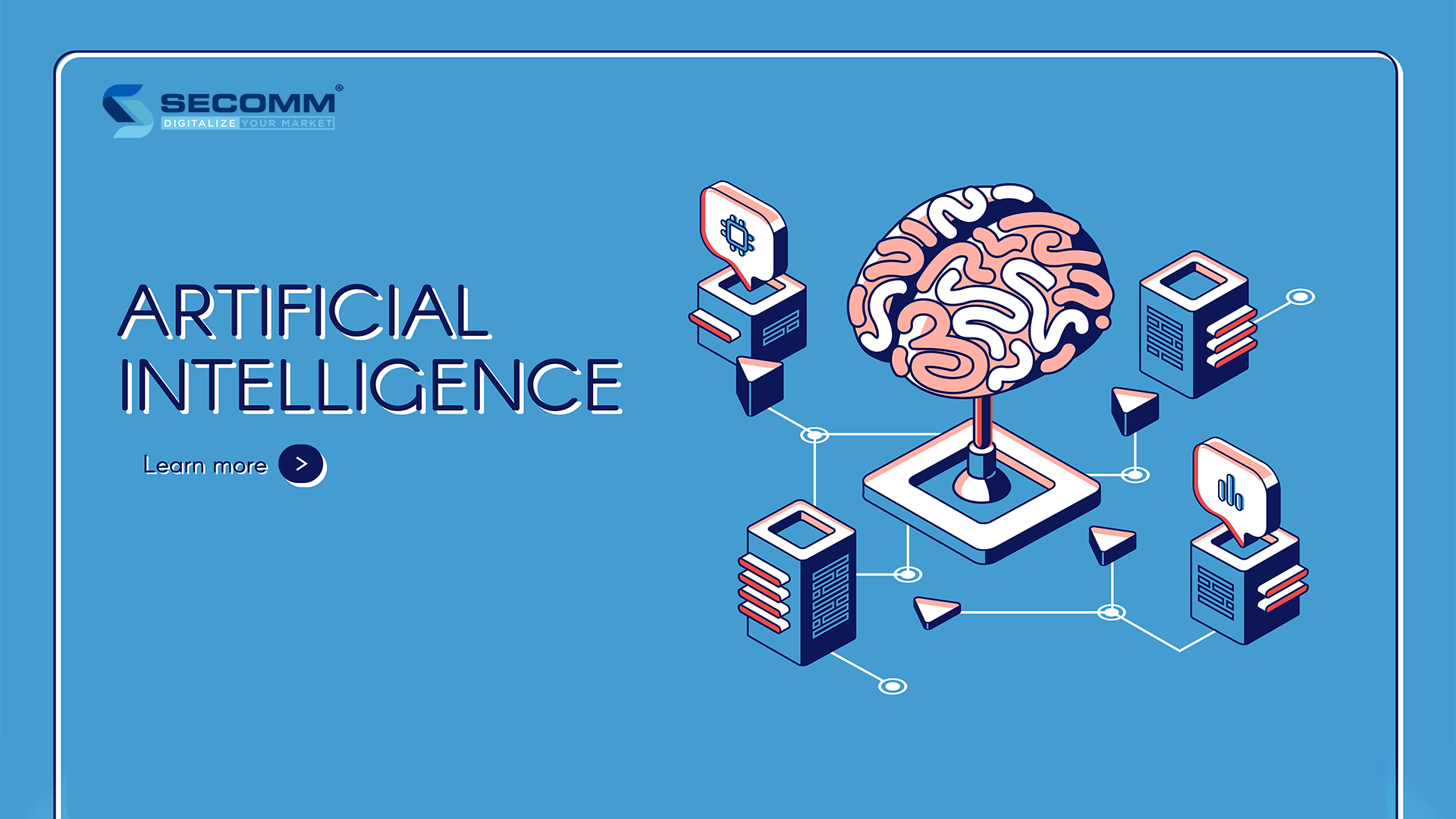
HOW AI TRANSFORMS THE ECOMMERCE EXPERIENCE?
1. How customers experience products in traditional shopping
Traditional shopping refers to the way customers directly buy products at stores, markets, or supermarkets. Since that trading model has emerged, the ecommerce experience about products has often originated from direct product-observation and -interaction. A consumer can hold and touch the item directly, feeling its characteristics, such as hardness, softness, size, or even color. They can quickly try one dress and exchange another one for a suitable size. This model has several benefits for shoppers:
- Guarantee of product quality: Customers have the opportunity to interact and observe the product directly before buying. At that time, customers can choose a product with complete packaging, favorite colors, or delicious fresh food, or a skirt of a suitable length.
- Time-saving in return and exchange policy: The traditional purchase is rooted in the amicable sale principle. Of course, the buyers will be partly responsible for goods quality due to the opportunity to touch and inspect them before buying.
- High-satisfaction level: Customers tend to be more enthusiastic and get more exciting feelings when using products. They will not put too much doubt on the reliability of the product.

The benefits of experiencing products with traditional models will have many changes in online shopping models. Although customers will enjoy the convenience of freely choosing a suitable item in a wide range of goods at more bargained prices and also experience regular promotions, the limited interaction with the product pre-buying has reduced the convenience as the traditional model did before.
2. AI invention penetrating process to optimize the ecommerce experience
With the rapid development of the digital age, customer demand is a critical factor that is a priority in every development strategy and orientation. In particular, businesses also invest more in modern technologies to optimize consumer-product interaction, and AI applications are a useful option for ecommerce experience optimization process.
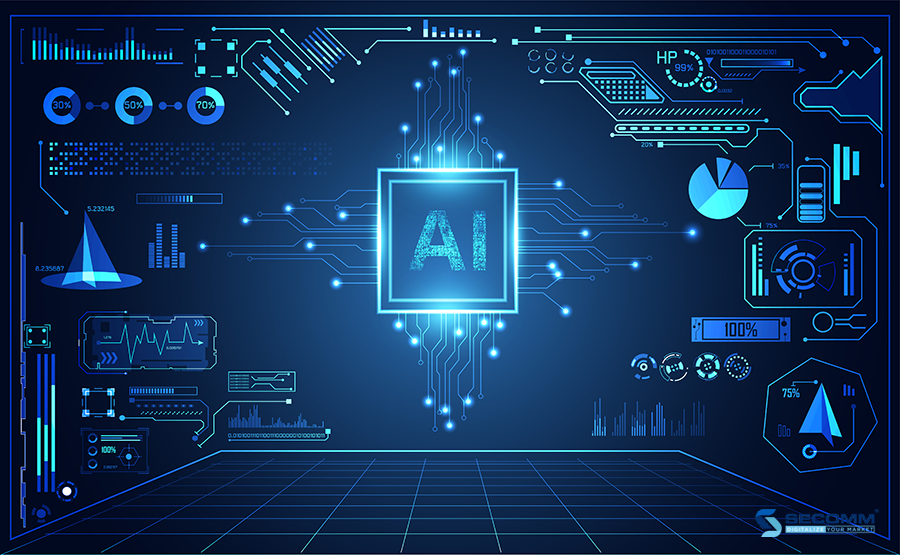
Within the Ecommerce field, AI aims to the product experience, contributing to the efficiency of the business’s customer-centric orientation. The AI application has been integrated into search engine systems to support the creative and effective searching process with features such as “search by image” associating with material, shape, size, or brand. The display technology also invests in improving product interaction, shortening the distance between online and offline models.
Moreover, AI supports the ecommerce industry as a knowledgeable online assistant. This technology can bring two-way benefits when supporting both user experience and data analysis about user behavior trends.
Those are the two factors motivating brands to invest in developing more modern and efficient AI platforms towards a smarter, automated model for perfect customer experience.
3. AI trends for smarter ecommerce experiences in the digital age
Since applying to the ecommerce industry, various AI technology types have contributed to significantly changing consumer habits and purchasing decision-making processes, ultimately optimizing the convenience that customers received from online shopping. However, AI tools are continually developing and improving every day to enhance the user experience, and they also regularly stay updated with many popular trends.
Product 3D view
The 3D formats have been practical to enhance more excited customer-product interactions. Customers can observe different product aspects or even try placing a small decoration item at any house location to check the product’s suitability. This invisibility generally creates exciting experiences to increase interaction making customers more interested in the product.
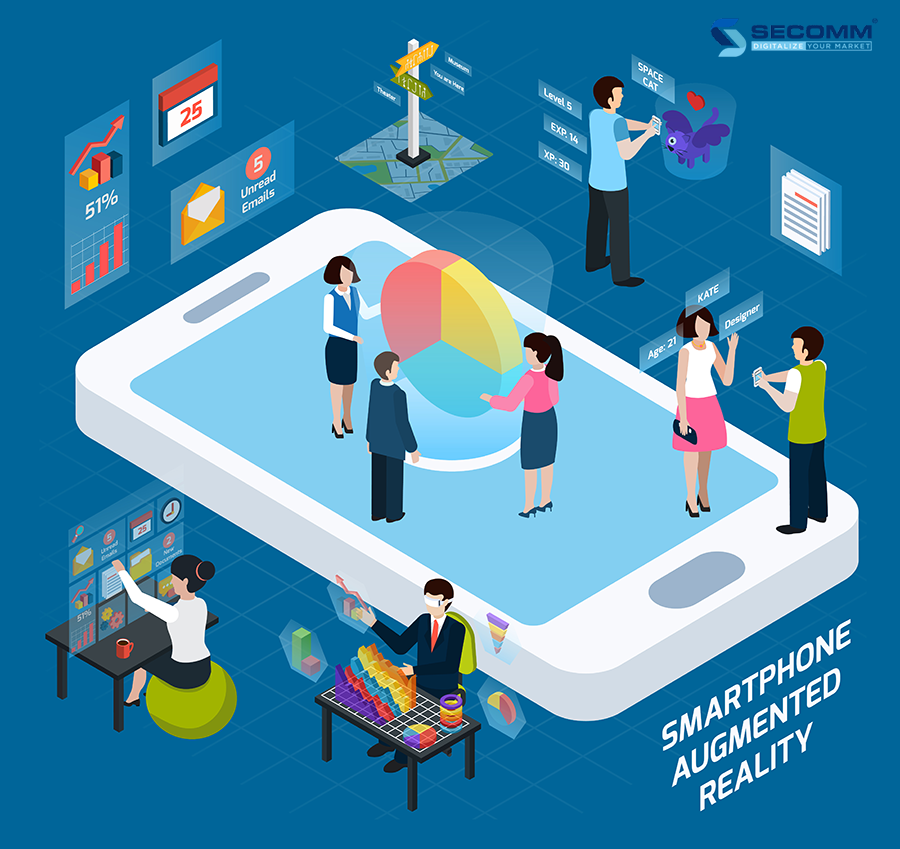
Some interior brands have been using 3D scanning technology to perfectly experience interior space and architecture. Based on a provided video, customers can enjoy AR via remotely 3D virtual reality technology.
Mobile virtual reality fitting room
That AI ability can be a perfect solution when a store has too many customers visiting at the same time while the fitting room is overloaded. Customers can scan product images and try them out on a mobile phone screen. This technology is already available on Lacoste’s app, supporting customers to try their favorite shoes freely via their smartphone.

The development of 3D and virtual reality technology has proved that nothing is impossible in the digital age. AI development is also a considerable solution for ecommerce barriers, mainly interacting with products when buying online to optimize ecommerce experience.
In the future, as many expert predictions, AI can be a modern and popular trend to optimize the ecommerce experience correctly. However, businesses also need to consider the needs of target customers to have appropriate applications and increase the number of potential customers and loyal customers in the long run.
 2
2

 2,664
2,664

 1
1

 1
1
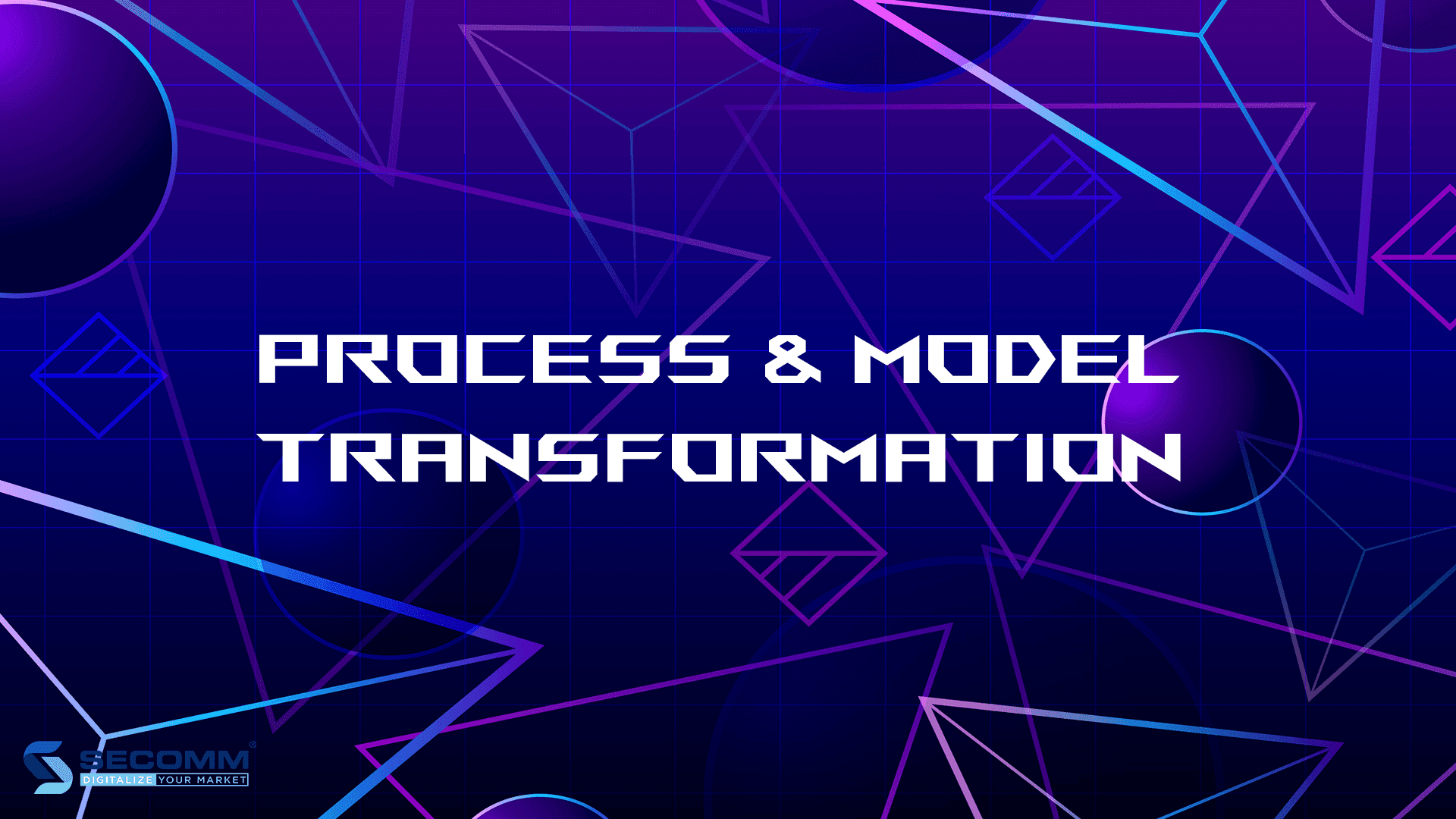
READINESS FOR PROCESS AND MODEL TRANSFORMATION
1. Challenges for business process and model transformation
Given the characteristics of the current Vietnamese market, digital transformation has received positive attention from enterprises. However, this process still faces many cultural barriers, strategies, and implemented technologies that make the process and model transformation not entirely useful.
Cultural barriers in process and model transformation
The corporate culture foundation is a crucial determinant contributing to the model transformation progress. Culture concepts refer to quite large factors of human resources (HR) thinking and perception existing inside the business, including:
- Leadership thinking
- HR potential
- Connection between the two above
The most significant problem creating cultural barriers is the traditional business ideology that developed businesses cannot collapse by digital transformation requirements or any other peripheral factor. It was not until being trapped by the outdated technology that they found they significantly fell behind the bustle of a much more modern market.

For corporate culture, leadership is the core value creating a complete preparation process to start a digital transformation strategy. The leadership factor plays a decisive role in the business’s strategic changes, simultaneously helps all employees understand and adapt to these changes fully and quickly. In particular, key leadership positions such as CEO, CTO, and other decentralized management levels are the driving force behind implementing more micro changes for each employee. Finally, rely on individual conversions to shape the overall change-process in the digital transformation strategy.
To satisfy all the above conditions, an organization needs prolonged-vision leaders of the current business models. It is complacency and “resting on their laurels” that make the traditional models stumble into the old path and have difficulty maintaining the position they once had in the market.
The HR potential is the next factor in becoming a cultural barrier in the process and model transformation. A significant change often encounters many difficulties when it comes to impacting HR awareness.
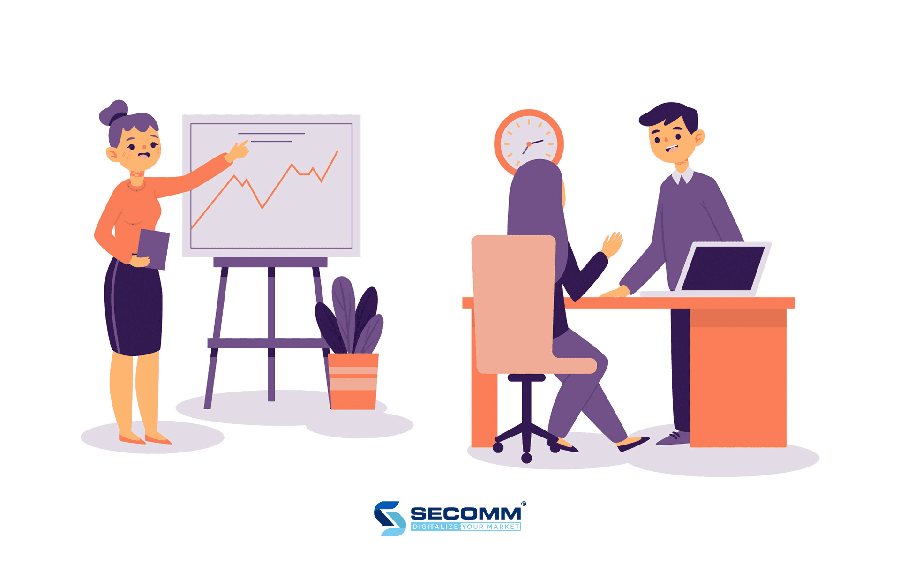
No matter how strong the HR is, it will be disrupted in the beginning if employees don’t fully get preparation for a ready-to-change and adaptive mindset. Lack of staff training in digital transformation strategy is likely to face harsh objections from the inside if forcing them to suddenly change their working style while they do not have enough time to adapt to new workflows. Simultaneously, the HR potential will also be a dangerous weapon that demolishes the digital transformation results if it is not prioritized and used accurately.
Among the two human factors, the coherence and connection between them also play an essential role in corporate culture. Connectivity includes the spiritual values businesses build to promote consensus, cooperation, and trust to turn strategies into realistic actions. The discrete connection or the disparity in digital capabilities reduces both efficiency and progression of the whole process and model transformation strategy.
Technology challenge
There are two behavior tendencies in businesses making technology a barrier to process and model transformation strategies: being afraid of technology-changing mindsets that lead to obsolescence and technology-overusing that lead to wasting cost and time.
Up to 80% of SMEs in Vietnam use old technologies in the 1980s (statistics from the Vietnam Chamber of Commerce and Industry – VCCI) report. In addition to objective reasons such as lack of staff, skills, lack of a robust digital platform, it is much more significant that limited thinking and understanding in technology application are fundamental causes impacting the digital transformation process.
Indecision in adopting technology is also a negative factor. Technology overuse can create unnecessary conflicts with the process and model transformation. These techs will not bring optimal efficiency but a waste of budget and time to recover. Technology is a driving tool for digital transformation, and at the same time, it is also a rule-setter for businesses in the digital market. However, it is more important to decide which technology is suitable for which model instead of determining how many technologies to apply.
2. Solutions for process and model transformation
Technology orientation in process and model transformation
Technology solutions can solve lots of problems with data and process optimization inside a business. In the very beginning, they need to fully and comprehensively redefine existing processes, and at the same time, model them into maps and charts to identify:
- How specifically each of the whole process elements works,
- Factors need having a priority in that process,
- Interoperability, two-way relationship between processes when running concurrently.
Analysis and control of the entire processes help businesses find out weaknesses and facing-problems, then apply more appropriate technology solutions to optimize the process and model transformation.
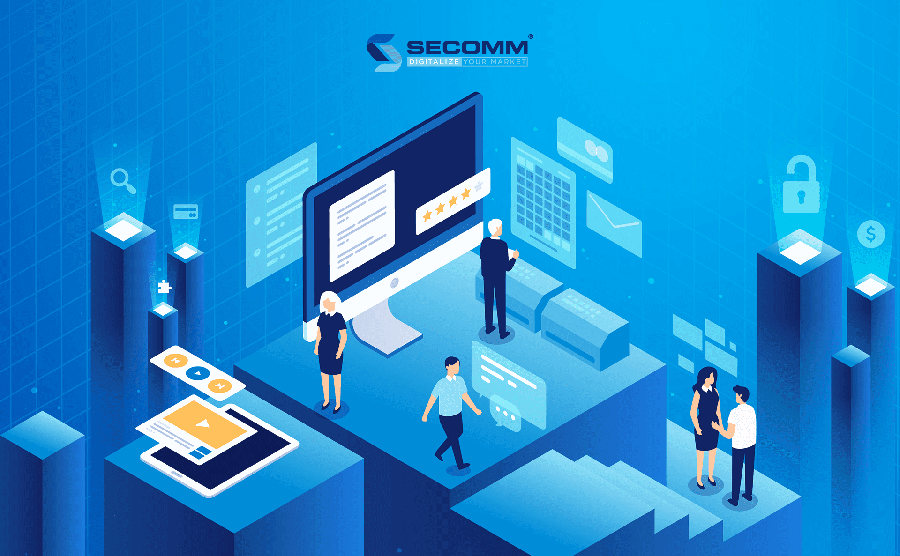
At present, a business has hundreds of requirements with suitable technology-types for their concurrent process and model. However, companies can develop solutions based on combining the big-four technology platforms in digital transformation: Big Data, cloud computing, artificial intelligence, and the Internet of Things. These tech-types possess lots of outstanding benefits that businesses can apply to create the most suitable digital solutions:
- Big Data: A potential resource with a considerable data-amount that businesses need to exploit vital information to serve fully digital transformation requirements – optimize customer experience and maximize business performance.
- Cloud Computing: the ideal storage and analysis platform for big data and other digital transformation applications. Cloud computing possesses outstanding advantages that can meet varied requirements for more than 90% of businesses in the today-market. This tech-type can significantly reduce management costs, operating workforce while increasing automation, work-load velocity, and optimizing the resources-using inside the company.
- Artificial Intelligence – AI: It helps businesses perform intelligent automation functions that could substitute for humans in the future. Currently, AI is delivering positive results when businesses apply it to many different fields indeed, typically:
- Marketing: search-engine optimization, sales system, building a customer-based personalization, and more,
- Manufacturing: improving supply chain momentum using coordination robot systems instead of human resources, fully automated product quality control and monitoring systems, inventory-forecast software, and so much more.
- Internet of Things – IoT: The connection between hardware and software in a system, scalable and integrating customized-functions to suffice end-consumer requirements while ensuring data confidentiality and security.
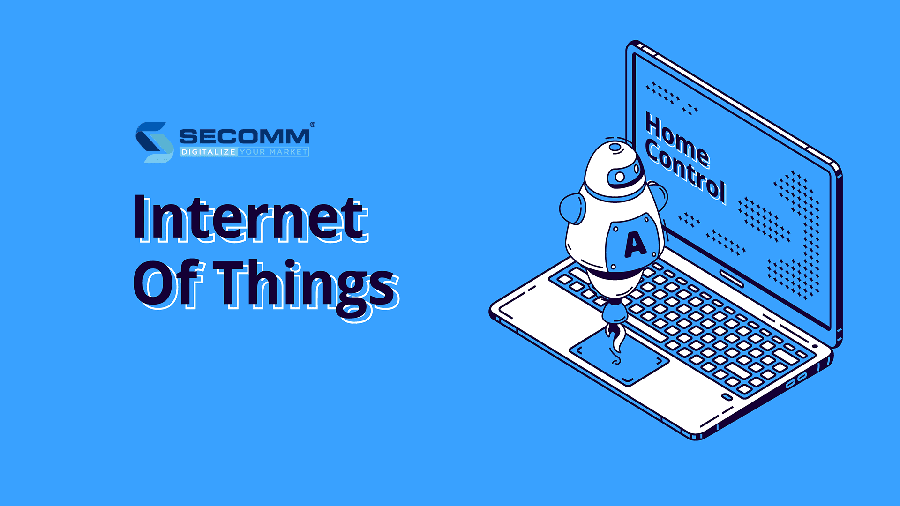
Organizational culture re-creation
Human and cultural solutions will effectively address corporate sustainability, change, and develop a digital transformation mindset for all employees in strategies and initiatives products/services to increase advantages over competitors.
- Leadership thinking: plays a crucial role in building a specific vision and plan for the business process. This term is an unavoidable revolution for the lead-generation to proactively embrace innovations, be ready to perform new experiments, and make quick decisions to move businesses consistent with the market’s growth effectively.
- Empowering culture: forming rights and obligations in each of the tasks employees undertake. At the same time, businesses can build an open culture where every staff becomes an archetypal representative in all connections with customers and the market. Deriving from core value “employee-centricity”, the digital transformation culture will develop into a complete model including the following components:
- Customer-centric orientation: to optimize the customer experience in the digital age,
- Innovations: to continually examine new transmutations and eliminate unsuitable factors inside the business model.
- Flexibility, understanding when making decisions based on digital data: to thoroughly and accurately exploit customer needs from a huge source of big data.
- The spirit of cooperation based on a modern-and-open culture are two factors creating the spirit of proactiveness and agility in all plans and actions also.
- Digital-first mindset: the ability to use and apply accurate technologies to produce appropriate and reliable digital solutions.
Businesses can complete the process and model transformation with technology and cultural solution-orientations. Therefore, technological solutions will maximize their business operation efficiency. They also contribute to stimulating businesses to be always requirement-active in the digital age. And these positive results are based on a sustainable digital culture possessing robust and responsive leader-generations combining with high-quality human resources.
 2
2

 1,796
1,796

 1
1

 1
1



